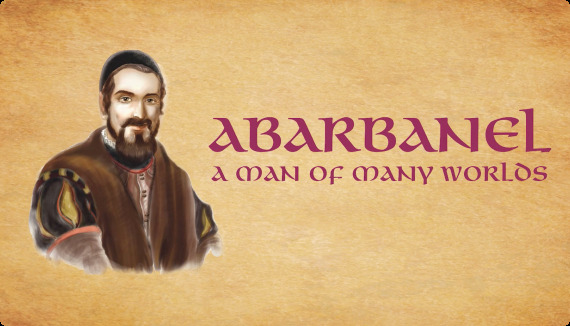Since all of us are still in a somewhat post-–Purim frame of mind, I am taking the liberty of commenting on costumes, past and present that mark the holiday. I received many pictures of my blessed great-grandchildren, all of them dressed in costume. Some were airline pilots and flight attendants while others were mail carriers and even letters. There were a number of Queen Esthers, police people and monkeys, rabbits and other assorted wildlife. Naturally, wearing costumes on Purim is one of the traditions of the joyous holiday.
But as the Lord has blessed us with affluence beyond our imagination just 70 years ago, costumes have become more ornate and creative than they were in my youth in Chicago. Back then wearing a mask over your eyes was considered to be a sufficient costume to where in order to mark the day. The entire concept of wearing a costume or disguise is based on the fact that the holiday is one of hidden guidance and to emphasize that what appears to us may not be the reality.
The Talmud teaches us that even judges can only rule upon the facts as they appear to one's eyes. That is the human limitation that our finite nature imposes upon us. But we are all aware that what appears before our eyes may not be the true reality of the matter and that we are being fooled by a costume or a disguise, or even by our own gullibility. That is certainly one of the more important messages that the holiday of Purim impresses upon us.
When we are young children, we delight in wearing costumes. In our imagination we can still be whatever we want to be – a fireman, a policeman, a queen, even an astronaut. However as we grow older these dreams and this imagery fade before the realities of life. Our choices in life become much narrower and much less exotic.
We shed our youthful costumes but we replace them with others. We wear suits, ties and dresses and pretend that these garments truly represent and reveal who we are. But there is always the still small voice within us that yearns to be someone different than what our outside represents to the world. This in turn always creates a sense of tension and frustration within us.
There are entire sections of the Jewish people whose dress and clothing are imposed upon them by society, both secular and religious, but which may not truly be representative of the person who is inside the costume. Most of life is a struggle to try and be what we really are. This is very difficult to achieve, for the constraints of the societies that we live in are great and powerful.
My only experience in escaping from a costume was that when I was very young rabbi the officers of that synagogue wanted me to wear a robe during the Sabbath service. They said that it would lend dignity to the congregation and to me as well. I refused to do so because I knew that that certainly was not who I was. Eventually the congregation became accustomed to a rabbi who did not wear a robe. I reckon this to be one of my small triumphs in my rabbinic career.
The Torah describes for us that our great teacher Moshe had to wear a mask while addressing the Jewish people. His face shone with such a godly radiance that human beings found it difficult to be in his presence and to witness the light that emanated from within him. But Moshe without the mask was the true Moshe. When he communicated with Heaven, so to speak, he did so with his true interest and therefore his face shone with rays of light.
Many times in being the leader of the people, circumstances intervene and force the leader to wear a mask and even a disguise in order to relate to his people and guide them in the path of goodness and righteousness. There is no matter of dishonesty or subterfuge in wearing this mask. The leader must be relevant to his generation and his people in order to be effective. But the leader must always realize that he is wearing a mask and that his true essence may be different than his public persona or outside costume.
Rare are the people who are able to say that their inside and outside match perfectly. Most of us are always in costume but we should realize that this is the reality and that we are dressed up.
Shabbat shalom
Berel Wein



